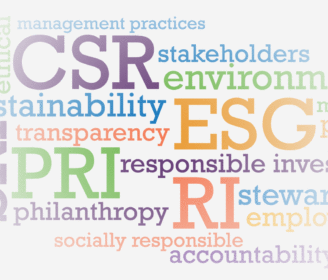The Language of CSR: What Your Words Say About Your Company
Playwright Tom Stoppard once said, “Words are sacred…if you get the right ones in the right order, you can nudge the world a little.” We agree, especially when it’s time to discuss the good you do as acts of CSR (Corporate Social Responsibility).
We took a look at the annual CSR reports from…

